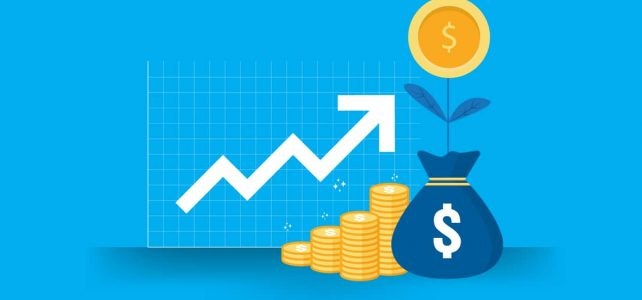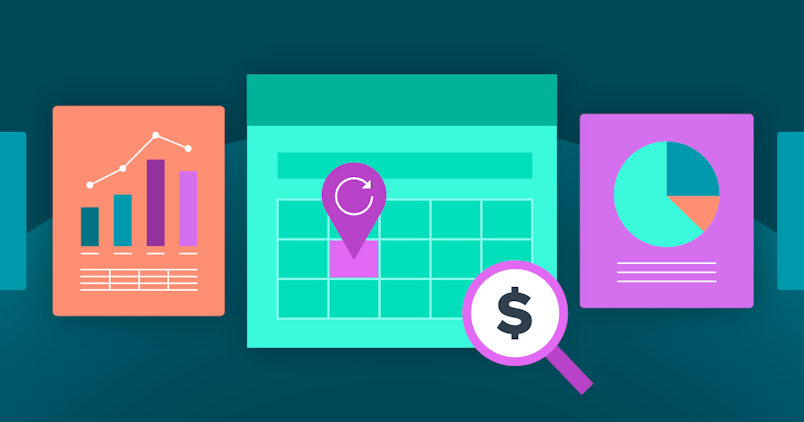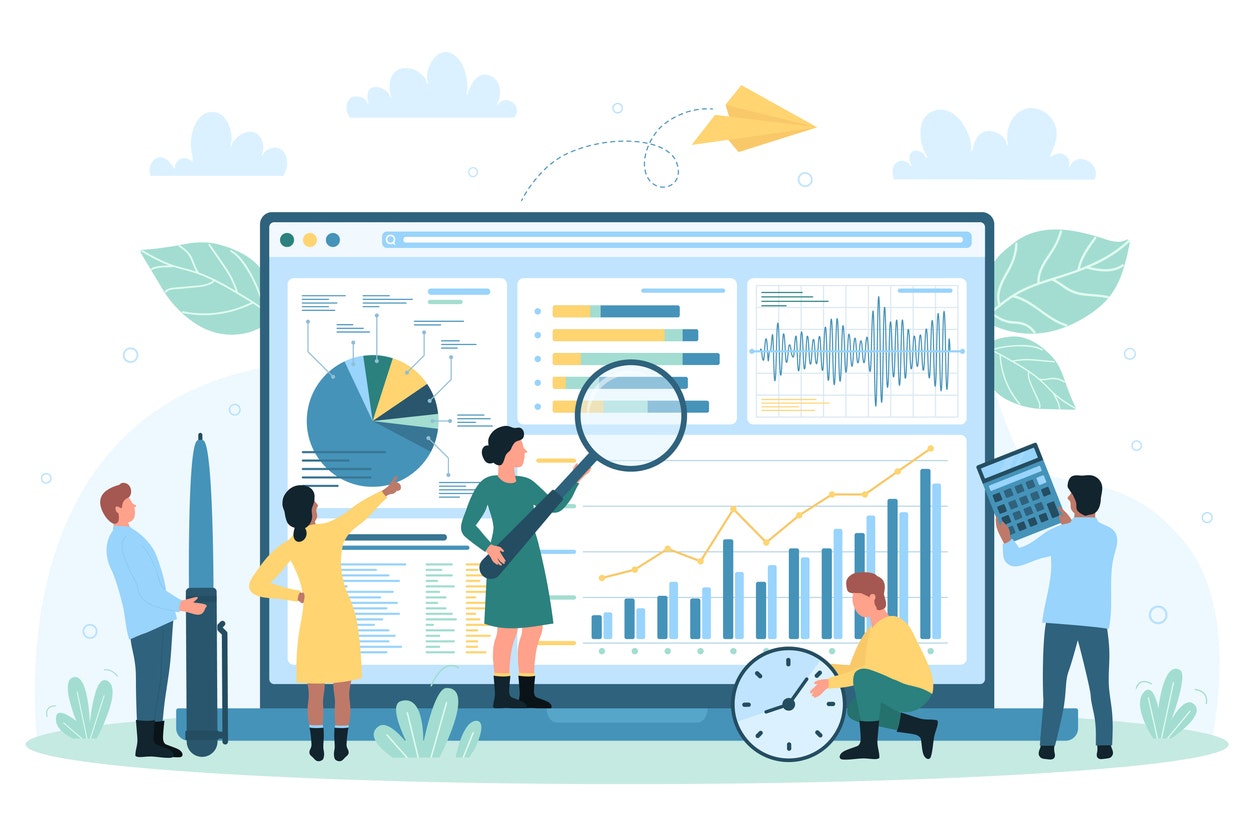How to calculate churn rate saas
B2B SaaS churn rate shows the percentage of users who stop using your SaaS product over a specific time frame. This metric is vital for subscription-based businesses. If customers don't stay with your product for sufficient time long to cover acquisition costs, it can spell trouble for your company.
Understanding B2B Churn Rate for SaaS
Churn rates tell you about your customer growth and business turnover. They reveal important information about your customer base, financial health, strengths, and areas for improvement. SaaS companies use churn data to:
1. Guide success efforts and customer support.
2. Inform marketing and sales strategies
3. Calculate customer lifetime value (CLV)
Determining your CLV is nearly impossible without understanding your churn rate.
Using Churn Data Effectively
Churn information helps shape resilient sales and marketing approaches. Your teams can:
Identify users at risk of leaving or downgrading
Focus on boosting customer retention
Allocate resources more efficiently
How to calculate B2B churn rate for SaaS?
To find your churn rate, use this formula:
Churn Rate = (Lost Customers / Starting Customers) x 100
For example:
For example: Company ABC starts the month with 800 customers. By month-end, they have 720 customers.
Churn Rate = (80 / 800) x 100 = 10%
To calculate revenue churn:
1. Start with the MRR (monthly recurring revenue) when the month begins.
2. Subtract this MRR at the end of the month
3. Remove any extra revenue or upgrades from existing users.
4. Divide by your starting MRR
Revenue Churn Rate = (Lost MRR - Expansion MRR) / Starting MRR
Don't include new sales when calculating revenue churn. Focus on the total revenue lost when existing customers left.
By tracking churn monthly and annually, you gain valuable insights for both short-term and long-term planning. This data helps you make strategic decisions to grow your SaaS business and improve customer retention.
Types of B2B churn in SaaS
SaaS businesses track four main types of churn. Each provides unique insights into customer behavior and revenue patterns.
1. Customer churn
This measures the percentage of users who stop using your service within a specific period.
Calculation: (Lost Customers / Starting Customers) x 100
Example:
Starting customers: 600
Customers lost: 30
Churn rate: (30 / 600) x 100 = 5%
2. Gross Churn Rate
Gross churn rate shows the percentage of monthly revenue you stand to lose from cancellations and downgrades.
Calculation: (Total MRR Churn / Total Starting MRR) x 100
Example:
Starting MRR: $200,000
MRR lost: $25,000
Gross churn rate: (25,000 / 200,000) x 100 = 12.5%
3. Net Churn Rate
Net churn rate factors in both new revenue and lost revenue from your existing customers.
Calculation: ((Revenue Lost - New Revenue) / Starting Revenue) x 100
Example:
Starting MRR: $150,000
Revenue lost: $12,000
New revenue: $6,000
Net churn rate: ((12,000 - 6,000) / 150,000) x 100 = 4%
4. Revenue churn

This metric measures the amount of MRR or monthly recurring revenue you'll lose from existing customers.
Calculation: (Lost MRR / Starting MRR) x 100
Example:
Starting MRR: $90,000
MRR lost: $4,500
Revenue churn rate: (4,500 / 90,000) x 100 = 5%
By tracking these churn metrics, you gain a comprehensive view of your SaaS business's health. This data helps you identify areas for improvement in customer retention and revenue growth strategies.
Why is it important to calculate your B2B churn rate?

Tracking churn rate is essential for subscription-based businesses. It affects other key metrics of SaaS growth, making it a critical measure to monitor closely.
A low churn rate positively impacts:
MRR (Monthly recurring revenue)
MRR shows your total earnings from active subscriptions each month. It links customers to their subscriptions, revealing renewal patterns. Rising MRR suggests increased renewals or new customers, while falling MRR may indicate high net churn.
CLV (Customer lifetime revenue)
CLV predicts the total revenue from a customer throughout their relationship with your business. It analyzes past and current users and predicts future earnings.
Customer retention rate
This metric shows the percentage of users who remain active users over time. Even a small improvement in retention can significantly boost profits. As per a recent report, businesses retaining just 5% more users can increase profits by 25-95%.
What is an acceptable B2B churn rate?
While zero churn is unrealistic, aim for negative churn—where new revenue surpasses losses from churn.
There's no universally acceptable churn rate. Your goal should be continuous improvement, comparing current figures to past performance.
In B2B SaaS space:
Good churn rate (monthly): below 1%
Typical yearly churn rate: 5-7%
However, startups and SaaS companies looking to target SMBs often face higher rates:
First-year monthly rate: 10-15%
Target over time: 3-5%
Remember, these figures are guidelines. Focus on reducing your churn rate consistently, regardless of your starting point. Regularly compare your current churn rate to previous periods to track improvement and adjust your strategies accordingly.
Wrapping Up
Your SaaS company's success hinges on understanding and managing churn rate effectively. By tracking these types of churn and understanding their impact on your business, you can make informed decisions to boost customer retention and drive growth.
Remember, there's no one-size-fits-all approach to reducing churn. Your strategy should be tailored to your unique business model and customer base. Regularly analyze your churn metrics, identify patterns, and implement targeted improvements to your product and customer experience.
Want to reduce your churn and boost user engagement?
Our AI Design Agency can help. We use data-driven insights and cutting-edge AI technology to create intuitive, user-friendly interfaces that keep your customers coming back. Get in touch today to learn how we can transform your SaaS product and minimize churn.
By focusing on churn rate calculation and optimization, you're investing in your company's long-term success. Keep refining your approach, and you'll build a loyal customer base that drives sustainable growth for your SaaS business.
FAQ’s:
1. What's a good SaaS churn rate?
For SaaS companies targeting small businesses, aim for a 3-5% monthly churn rate. If you're after bigger fish, your churn rate should be lower. Enterprise-level products charging thousands per month should keep churn below 1% monthly. Remember, the smaller your market, the more crucial it is to keep customers sticky.
2. How do you calculate SaaS churn?
Calculating churn is simple. Divide the number of customers you lost by the total customers you had at the start of the period. Then multiply by 100. For example, if you started with 250 customers and lost 10, your churn rate would be 4%. Keep an eye on this number - it's a key health indicator for your business.
3. What's the secret to reducing SaaS churn?
The key to reducing churn starts with exceptional onboarding. Think of onboarding as your product's first impression. Make it count! A well-crafted onboarding experience helps customers quickly find value in your product. The sooner they see results, the more likely they are to stick around.
4. What does negative churn mean in SaaS?
Negative churn is the holy grail of SaaS. It means your existing customers are spending more money with you over time than you're losing from churned customers. In other words, your business grows even without adding new customers. It's a sign of a healthy, valuable product that customers can't get enough of.
5. Why might your churn rate be high?
If your churn rate is climbing, take a hard look at your pricing. A price hike can send price-sensitive customers running for the hills. Keep a close eye on your revenue churn - it'll tell you if customers think your product is worth what you're charging. Remember, value perception is key in keeping customers loyal.





